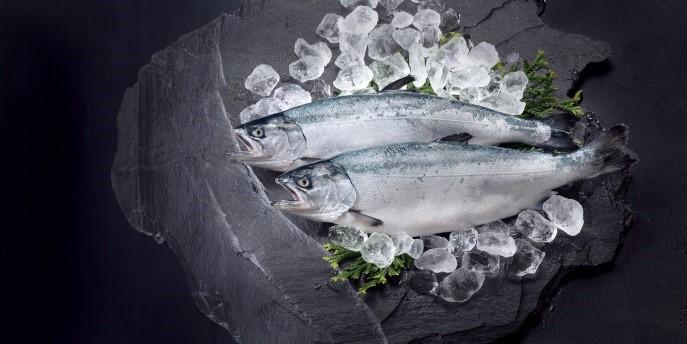Miyagi Salmon
| Registration Number | 31 |
|---|---|
| Name of the GI | Miyagi Salmon, MIYAGI SALMON |
| Class | Fish and Shellfish |
| Date of Protection | 2017/05/26 |
| Producing Area |
Miyagi Prefecture
Ishinomaki City, Onagawa Town, Minami-Sanriku Town, Kesen-numa City, in Miyagi Prefecture |
| Applicant - Name and Address | Miyagi Coho Salmon Promotion Association 1-27 Kaisei, Ishinomaki City, Miyagi Prefecture, 986-0032, Japan |
MIYAGI SALMON is a high-quality, fresh silver salmon from Miyagi Prefecture that has undergone freshness preservation to retain the original taste after hoisting from the water. As for its characteristic, it feels as if the flesh is grasping the blade at the time of filleting, and also becomes glossy and taut once the fish undergone the treatment. It's so fresh that it's "salmon that can be eaten raw".
Salmon was said to have been eaten since the Jomon period, and it was a fish species indispensable to dietary life of Japan. Coho salmon is a cold-water fish inhabiting the Sea of Okhotsk and the northern Pacific Ocean, and originally did not exist in Japan. However, it is considered to be a species suitable for aquaculture as they grow fast, and in Miyagi Prefecture, the first full-scale fish farming began in the 1970s. From around 1996, raw feed was switched to artificial mixed feed by extrusion mold processing technology to improve the taste by eliminating the odor of raw feed. At the same time, the freshness preservation technique was also improved by tightening the flesh, and efforts have been put into the production of farmed Coho salmon for raw consumption. To tighten the flesh, the central nervous system of the fish is broken by a gimlet or the like, and after removing the blood, the fish is transferred to a seawater tank kept at about 5℃ or lower.
In Miyagi Prefecture, there was already a custom of eating raw Coho salmon in the past, but since the early 1990s, the Miyagi Prefecture Fishery Cooperative Federation has promoted raw consumption of the salmon as a part of plans to expand demand.
The coastal area of the northern part of the Oshika Peninsula in Miyagi Prefecture is a typical Rias coast, with deep water, calm tide and many bays suitable for fish farming. The seawater temperature is as low as 20℃ or less until late July, and there are numbers of factories that produce seeds and seedlings (with artificial hatcheries - raising fry) by utilizing the plentiful water from melting snow in and around the prefecture, such as on the Zao Mountain range. Since fry can be transported from these production sites to fish farms on the sea surface in a short time, the area is an optimum environment for farming Coho salmon.
In addition, the production area of MIYAGI SALMON is dotted with fish markets and fishery processing plants, and can quickly process landed fish while keeping their freshness. From March to July, the best season for the salmon, same day delivery of the fresh fish to consumers is possible within the day of landing.


